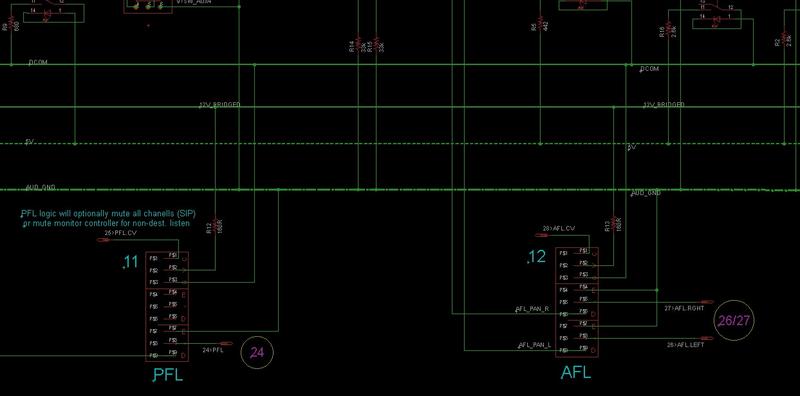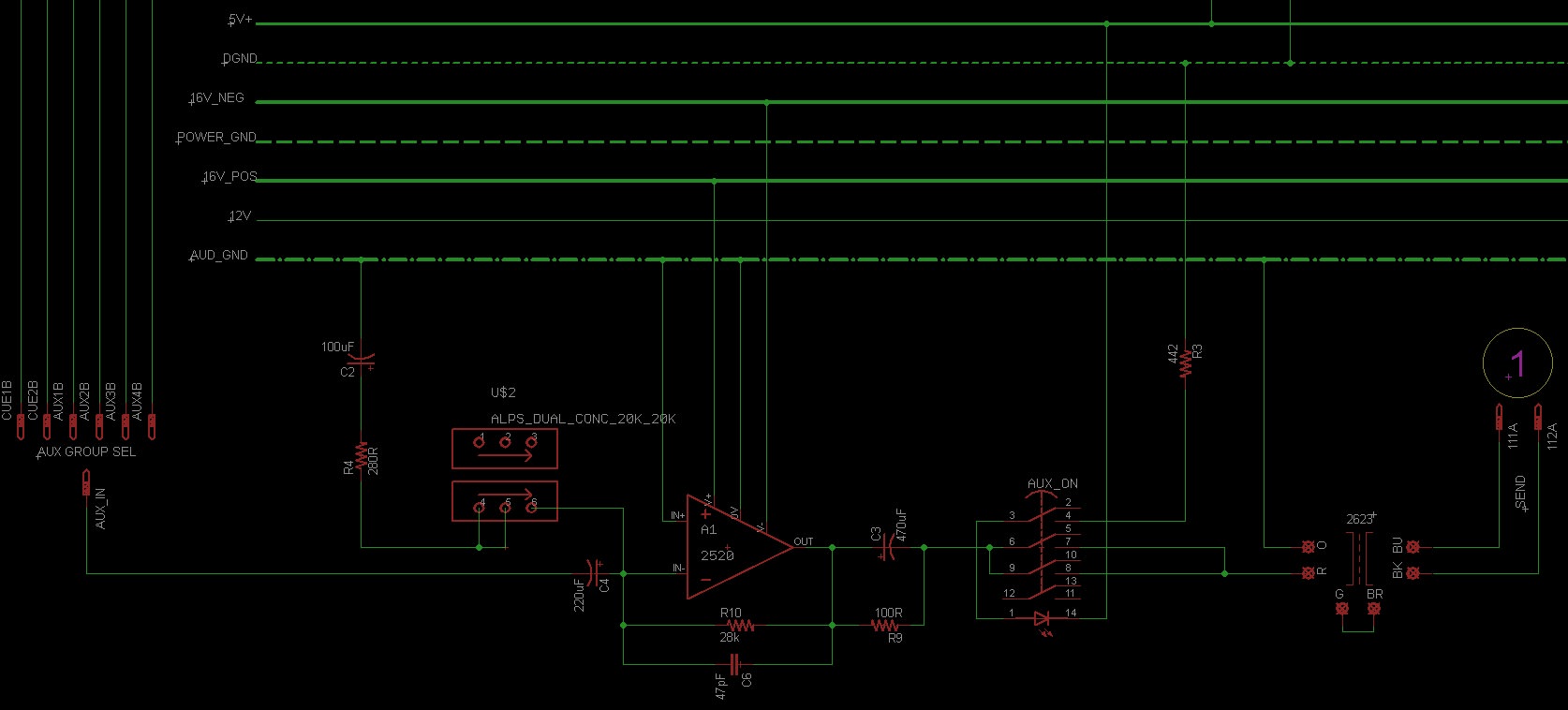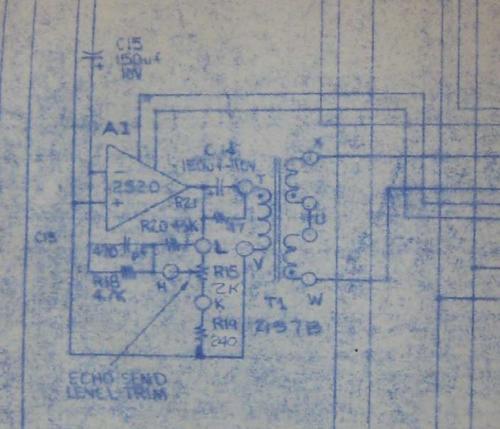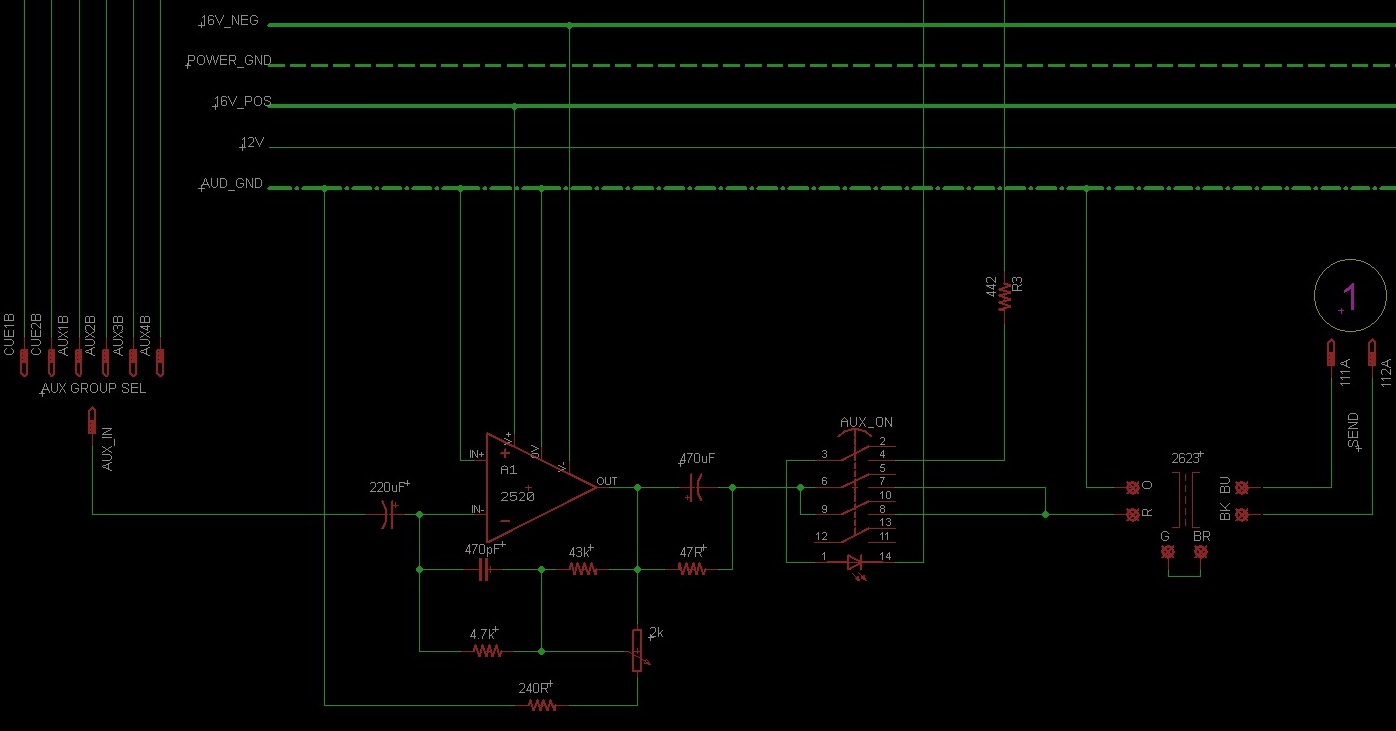Newmarket
Well-known member
Ian , sorry to be pedantic but I guess that when you write:
"The downside of solo is that it is pre-fader so it is great for checking gain staging but no good for checking individual levels in a mix. "
You actually mean "The downside of PFL..." ?
"The downside of solo is that it is pre-fader so it is great for checking gain staging but no good for checking individual levels in a mix. "
You actually mean "The downside of PFL..." ?







